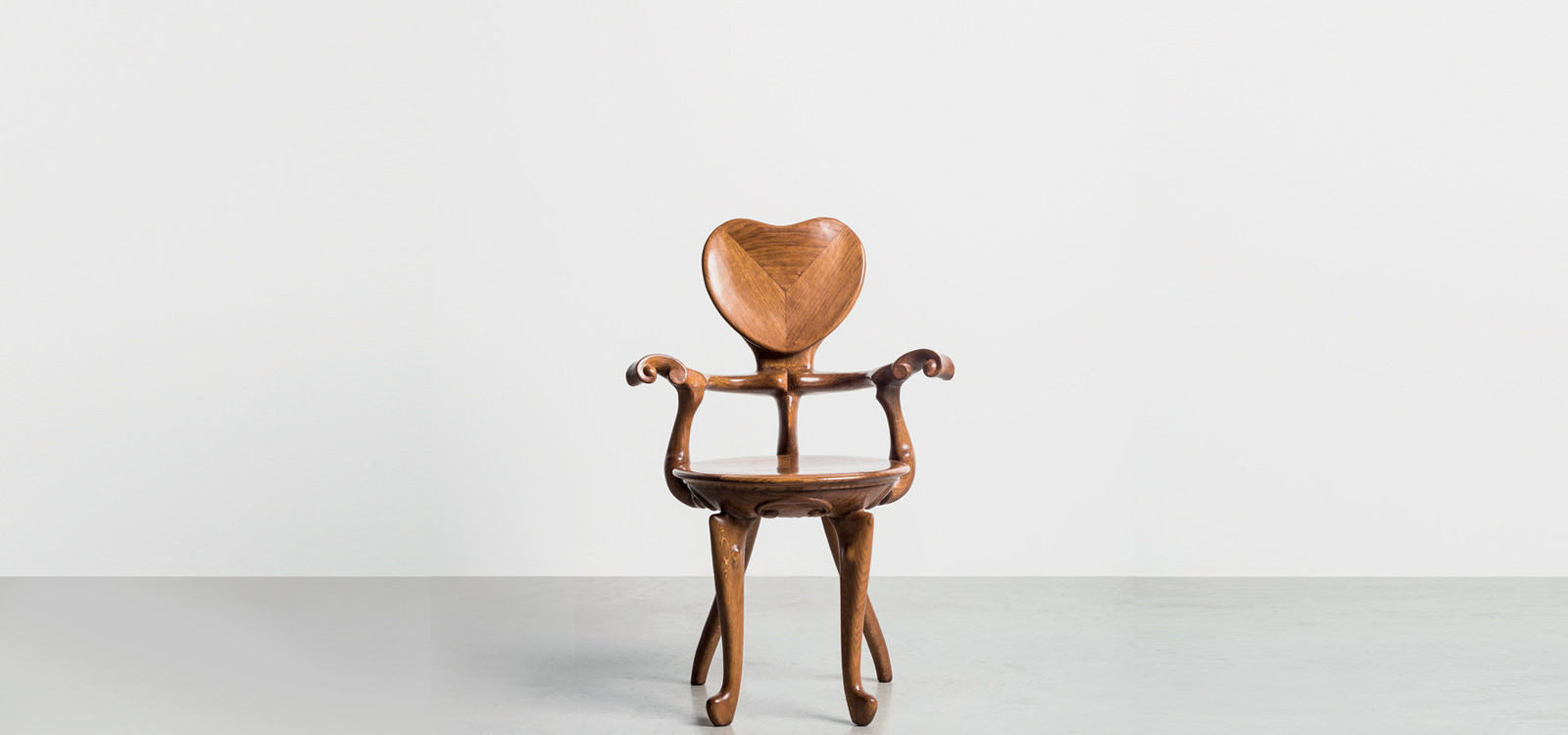Art Nouveau
Towards 1890 a new artistic culture focussed on interpreting the concept of “modernity” began to emerge: Art Nouveau. This movement used a modern visual language that rejected all reference to the past, becoming a new and universal style.
The figure of the architect is key in the development of design in this period as, with the close relationship they created between architecture and the decorative arts, they satisfied the needs and desires of the new social classes.
This new style was interpreted in different ways from country to country: from Scotland to Italy, from Scandinavia to the USA, from Austria to France, Belgium and Spain… In Glasgow, Charles Rennie Mackintosh designed furniture to be perfectly integrated into the architectural context, with an eye to the overall design of the space, an approach also evident in the USA with the works of Frank Lloyd Wright.
The Vienna Secession was formed by a group of Austrian artists including Gustav Klimt, Joseph Maria Olbrich, Josef Hoffman and Kolomon Moser. Hoffman and Kolomon went on to found the incredibly creative Wiener Werkstätte that produced extremely refined and precious items, while Adolf Loos worked on proto-rationalist architecture and objects. Antoni Gaudì took a direction all of his own in which he used manual skills to formally define his designs.

